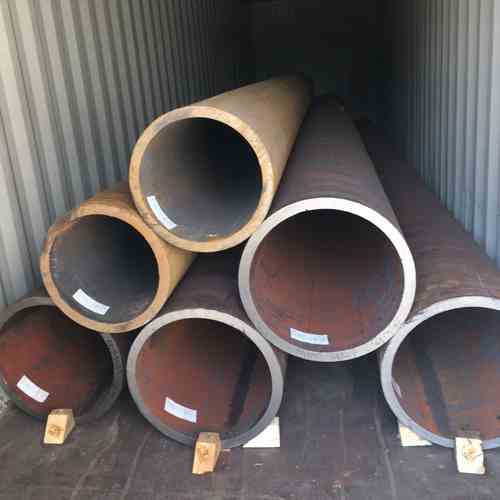
AISI 1010 / S10c Carbon Steel Tube – Mechanical Tubing – Seamless Steel Pipe
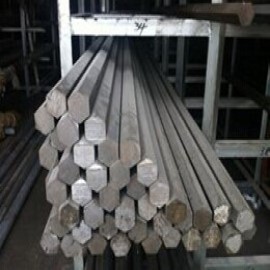
AISI 1035,Cold Drawn Carbon Hexagonal Bar
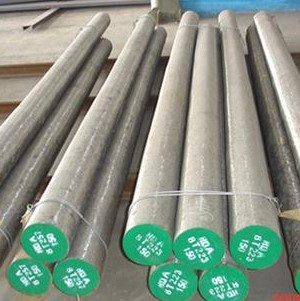
4145H Modified Alloy Steel Round Bar, Hot Rolled Steel Bar
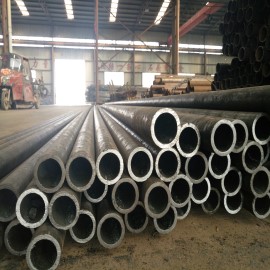
27SiMn seamless cold drawn steel tube, with black annealed out surface
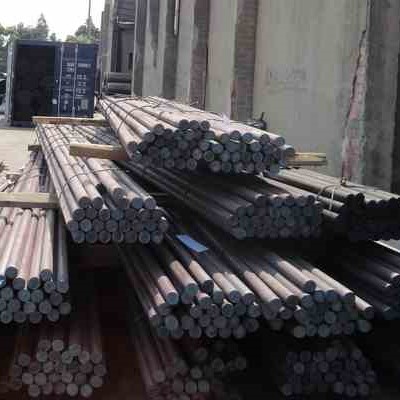
QT AISI 8260 Hot Rolled Steel Round Bar Size 10 - 350mm For Automobile
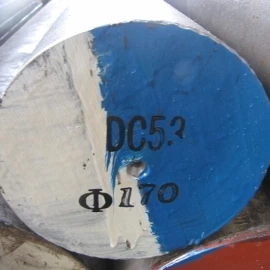
Categories:Steel Forgings
Model No.:DC53
Introduce:
Cold rolling is a forming process which takes place below recrystallization temperature. It involves further reduction of already hot-rolled strip and a determining of the mechanical and technological properties of the same strip. Due to specific requirements during processing, cold rolling isregarded as a speciality within the diverse application areas of cold-work tool steels. They nevertheless have uses in other fields such as back-up rolls, straightening and section-bending rolls.
ApplicationThese materials are used in large machinery in the cold forming of steel, such as cold rolled strip rollers, cold rolled profile rollers, welded tube forming rollers, etc.
Standard:
ASTM A681 Standard Specification for Tool Steel Alloy
Chemical Composition:
C | Si | Mn | Cr | Mo | Mo |
0.95 | 1.0 | 0.40 | 8.0 | 2.0 | 0.30 |
Size & Process
Round Size Rnage:300-1000mm
Steel-making: EF/EAF+ESR
Process: Hot Forged
Delivery condition: Annealed
Surface condition: Bright
Heat treatment:
Hardening Vacuum Furnace:
Pre-heat to 300-400oC and then to 800-850oC allowing sufficient time to equalise. Raise to 1,020-1,040oC and allow soaking time
Quenching Vacuum Furnace:
The high hardenability of this steel enables it to be satisfactorally quenched in a vacuum furnace.
Surface Treatments:
Surface treatments such as CVD, PVD, TD and Nitriding require the use of relatively high processing temperatures. While this can be a problem with standard D2, the higher through hardness of DC53 steel at elevated temperatures will allow these surface treatments to be used successfully.
Tempering:
Double temper according to the hardness and toughness charts below. As with D2, a third temper at 400oC should be carried out to avoid any chance of any delayed grain growth and distortion. This is the preferred heat treatment for most applications as high hardness will be the primary consideration.Where maximum toughness is required, double temper between 200 and 300oC (depending on application). Note the material tempered at the lower temperature should not be subjected to subsequent high temperature processes such as PVD.
If you want to know more or have any questions about our products, please feel free to contact us by phone or email.